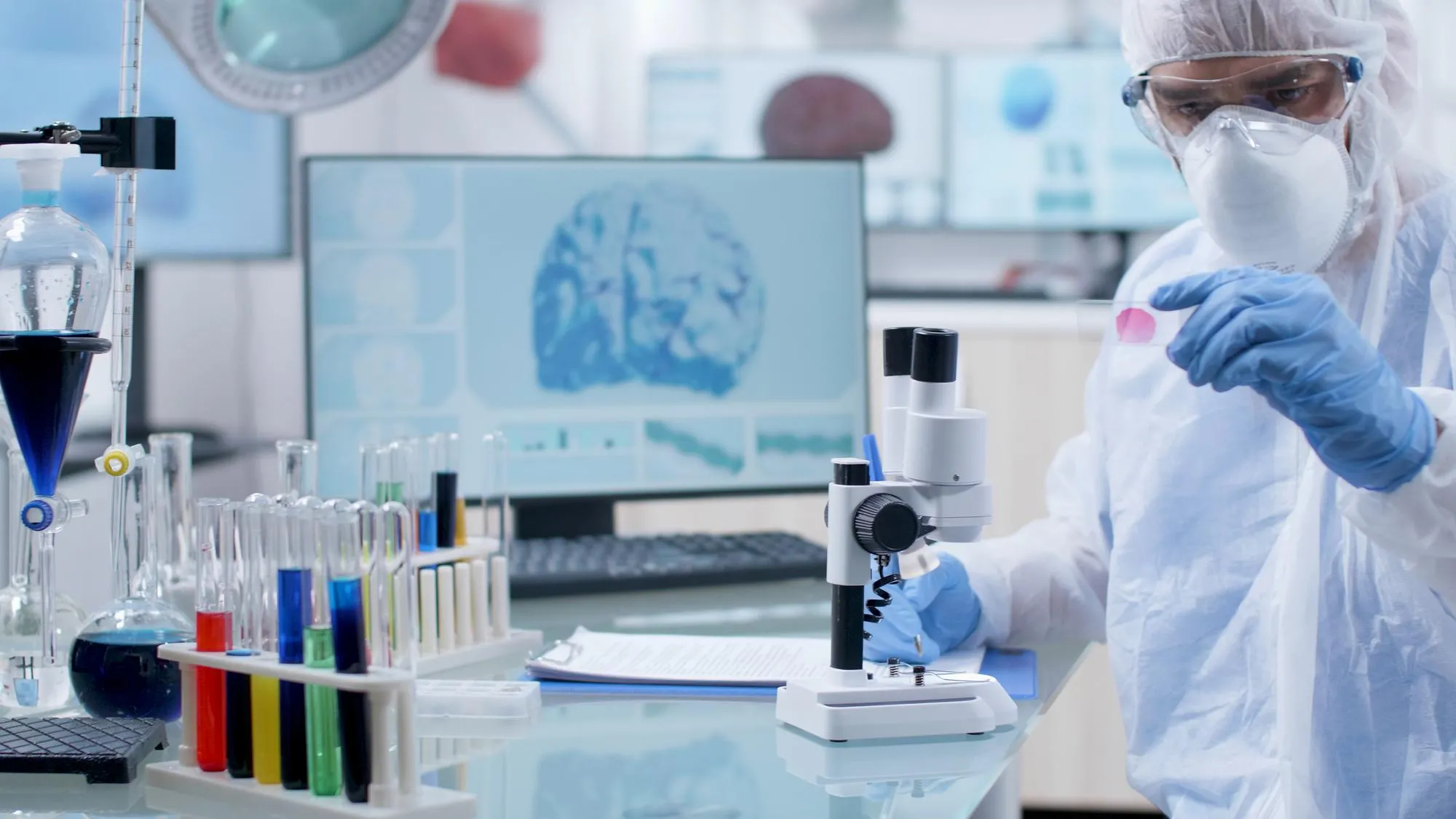Keywords
1. BSL-4 Laboratory Training
2. High-Containment Laboratory
3. Infectious Disease Research
4. Biosafety Training Program
5. Nagasaki University BSL-4
In the wake of proliferating infectious diseases that continue to pose grave threats globally, Nagasaki University has taken a significant step by preparing to fully operate its first suit-type Biosafety Level 4 (BSL-4) facility dedicated to basic and applied research. This article delves into the intricate developmental process of a user training program for the BSL-4 laboratory, a guiding blueprint for biorisk management essential for ensuring top-tier safety for researchers dealing with the world’s deadliest pathogens.
Addressing the World’s Deadliest Pathogens: The Crucial Role of BSL-4 Laboratories
The emergence and re-emergence of infectious diseases such as Ebola, COVID-19, and H5N1 influenza have underscored the necessity for advanced research facilities capable of safely studying class 4 pathogens—agents that can cause severe to fatal diseases in humans but for which vaccines or treatments may be unavailable. Understanding and combating these pathogens require the highest level of containment, offered by BSL-4 laboratories, which are specifically designed to prevent the accidental release of hazardous pathogens into the environment and protect the researchers working within them.
Nagasaki University’s Leap into Biosafety Excellence with BSL-4 Facility
Nagasaki University’s BSL-4 facility stands as a testament to Japan’s commitment to advancing infectious disease research while prioritizing the health and safety of the scientists on the front lines. This facility allows researchers to work with live viruses, offering unique insights that are critical in the development of medical countermeasures such as vaccines, therapeutic drugs, and diagnostic techniques. The establishment of this state-of-the-art laboratory is a pivotal addition to the global network of high-containment research centers.
The Imperative of a Robust Training Program for BSL-4 Facilities
The successful operation of any BSL-4 laboratory hinges on the proficiency of its staff. Acknowledging this, Nagasaki University’s National Research Center for the Control and Prevention of Infectious Diseases (CCPID) has emphasized the development of a comprehensive training program for its personnel. This program is not simply about acquainting individuals with operational protocols; it is about inculcating a culture of safety that becomes second nature when handling pathogens that offer no room for error.
Nanbo Asuka and Team: Architects of the Training Program
At the helm of this ambitious project are Nanbo Asuka and colleagues Shuzo Urata and Yoshimi Tsuda of the BSL-4 Training Department at CCPID. They have leveraged national and international guidelines to tailor a curriculum that encompasses the complex requirements of working within a BSL-4 facility. The team has assimilated experiences and materials from BSL-4 facilities worldwide to formulate a multifaceted training system geared toward certifying researchers in biorisk management.
Program Content Overview: Building Competence and Confidence
The training program formulated at Nagasaki University involves a graded approach, beginning with theoretical knowledge on biosafety and biorisk management, progressing through simulations and mock drills, and culminating in hands-on experience under the vigilant supervision of seasoned experts. Trainees learn how to don and doff protective suits, manage decontamination processes, and execute laboratory protocols with precision. The meticulous design of the program ensures that upon certification, researchers can conduct their studies while minimizing risks to themselves and society.
Setting a Precedent for Global High-Containment Research
By establishing this training regime, Nagasaki University serves as a pioneering reference model for research organizations worldwide attempting to set up or refine their high-containment laboratory training programs. The structured format of the program sets a benchmark for the comprehensive preparation necessary to safely engage in virology research at the highest level of containment.
Preparing for Tomorrow’s Challenges in Infectious Disease Research
The CCPID’s training program is a dynamic entity, open to constant innovation in response to emerging challenges in the field of infectious diseases. The program serves as a platform for ongoing learning, crucial for adapting to new pathogens and modifying containment strategies accordingly. The commitment to regular updates ensures that the curriculum remains at the cutting edge of biosafety and biorisk management practices.
Conclusion: A New Chapter in Biosecurity and Global Health
As Nagasaki University looks forward to the full operation of its BSL-4 facility, it puts forth not just a groundbreaking research platform, but also a training program that embodies the university’s dedication to global health security. This initiative marks a new chapter in the synergy between advanced infectious disease research and rigorous biosecurity measures, reinforcing humanity’s defenses against potential biological threats.
The implications of this thriving program are vast and signify a transformation in how the scientific community prepares for and responds to health crises. With trained professionals ready to navigate the complexities of BSL-4 research, Nagasaki University boldly positions itself at the forefront of safeguarding global health while advancing the frontiers of virological science.
References
1. Nanbo Asuka et al. (2022). Developing a Biosafety Level 4 Laboratory User Training Program. Uirusu, 72(2), 125-130. DOI: 10.2222/jsv.72.125.
2. Richmond, J. Y., & McKinney, R. W. (Eds.). (2007). Biosafety in Microbiological and Biomedical Laboratories (5th ed.). Washington DC: U.S. Government Printing Office.
3. Kozlov, M. (2021). Pandemic researchers—recruit your next lab member from anywhere. Nature, 590, 379–381. DOI: 10.1038/d41586-021-00357-x.
4. LeDuc, J. W., & Anderson, K. (2020). Global BSL-4 Laboratory Inventory: Understanding and Safeguarding Microbial High-Containment Research Facilities Worldwide. Health Security, 18(3), 217–225. DOI: 10.1089/hs.2020.0044.
5. World Health Organization (2004). Laboratory biosafety manual (3rd ed.). Geneva: World Health Organization.
DOI: 10.2222/jsv.72.125
